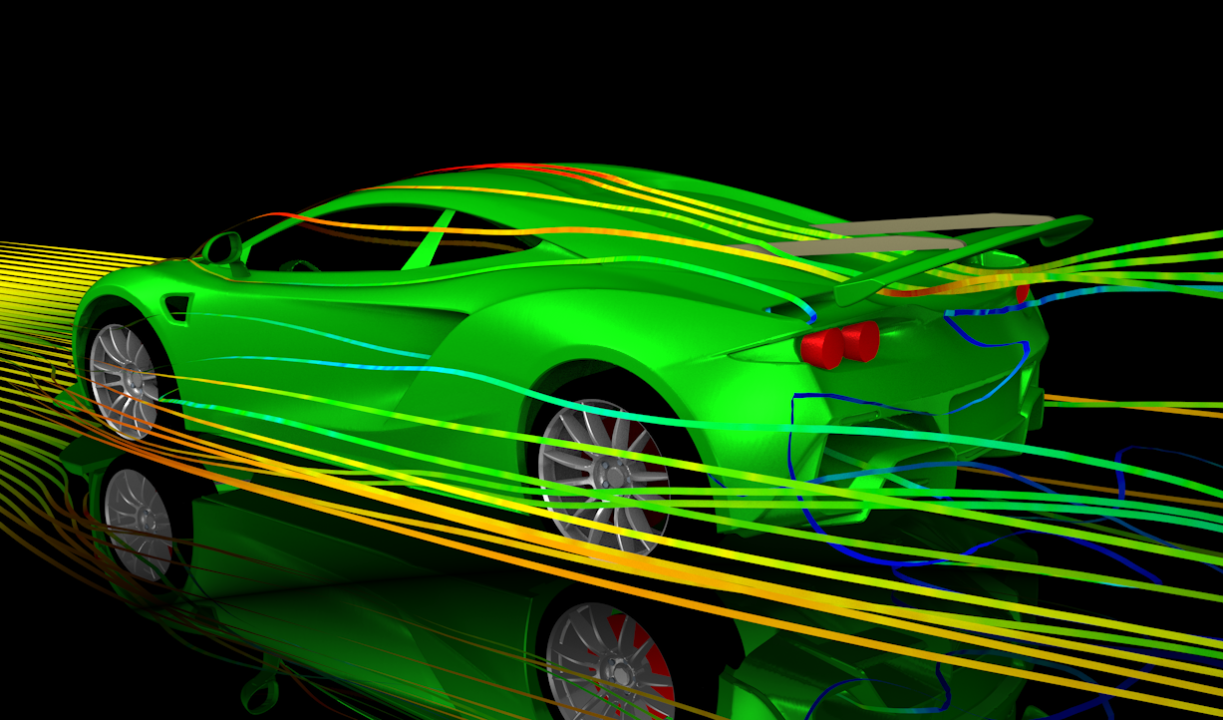
Advancements in Design and Aerodynamics: Shaping the Future of Automobiles
Introduction:
In recent years, the automotive industry has witnessed significant advancements in design and aerodynamics, revolutionizing the way vehicles are crafted. As automakers strive to enhance performance, efficiency, and sustainability, the focus on sleek, aerodynamic designs has become more prominent. This article explores the latest advancements in design and aerodynamics in automobiles, highlighting the technologies and techniques shaping the future of the industry.
Streamlined Shapes:
One of the primary goals of automotive design today is to reduce aerodynamic drag, which directly affects fuel efficiency. Automakers are employing advanced computer simulations and wind tunnel testing to refine the shape of vehicles for optimal aerodynamic performance. Streamlined contours, carefully sculpted body panels, and reduced frontal areas are being employed to minimize drag and improve overall efficiency.
Active Aerodynamics:
To further enhance aerodynamic efficiency, automakers are implementing active aerodynamic features. These features dynamically adjust vehicle components to optimize airflow and reduce drag. Examples include active grille shutters that open and close to control airflow through the radiator, adaptive air suspension systems that lower the vehicle at higher speeds, and deployable spoilers that automatically extend for added downforce.
Underbody Panels:
Automobile designers are paying increasing attention to the underbody of vehicles. By incorporating smooth underbody panels, they can manage airflow more efficiently, reducing turbulence and drag. These panels channel air smoothly beneath the vehicle, minimizing air resistance and contributing to improved fuel economy. Additionally, the inclusion of aerodynamic diffusers at the rear of the vehicle helps streamline airflow and reduce drag.
Lightweight Materials:
The use of lightweight materials, such as aluminum, carbon fiber, and high-strength steel, has become more prevalent in automotive design. These materials not only reduce the overall weight of the vehicle but also offer design flexibility. By using lightweight materials strategically, automakers can optimize weight distribution, enhance handling, and further improve aerodynamic efficiency.
Design and Functionality Integration:
Modern automotive design not only focuses on aesthetics but also integrates functionality. Features like integrated rear spoilers, active grille shutters, and contoured body lines are designed to serve both aerodynamic purposes and visual appeal. This integration of design and functionality ensures that vehicles not only look sleek but also perform optimally in terms of aerodynamics.
Conclusion:
Advancements in design and aerodynamics have become essential elements in the automotive industry, shaping the future of vehicle development. By focusing on streamlined shapes, active aerodynamics, lightweight materials, and active airflow management, automakers are pushing the boundaries of performance, efficiency, and sustainability. These advancements not only improve fuel economy but also contribute to reduced emissions and enhanced driving experiences. As technology continues to advance, we can expect even more innovative design and aerodynamic solutions that will define the automobiles of tomorrow.
Was this response better or worse?
Better
Worse
Same
Regenerate response